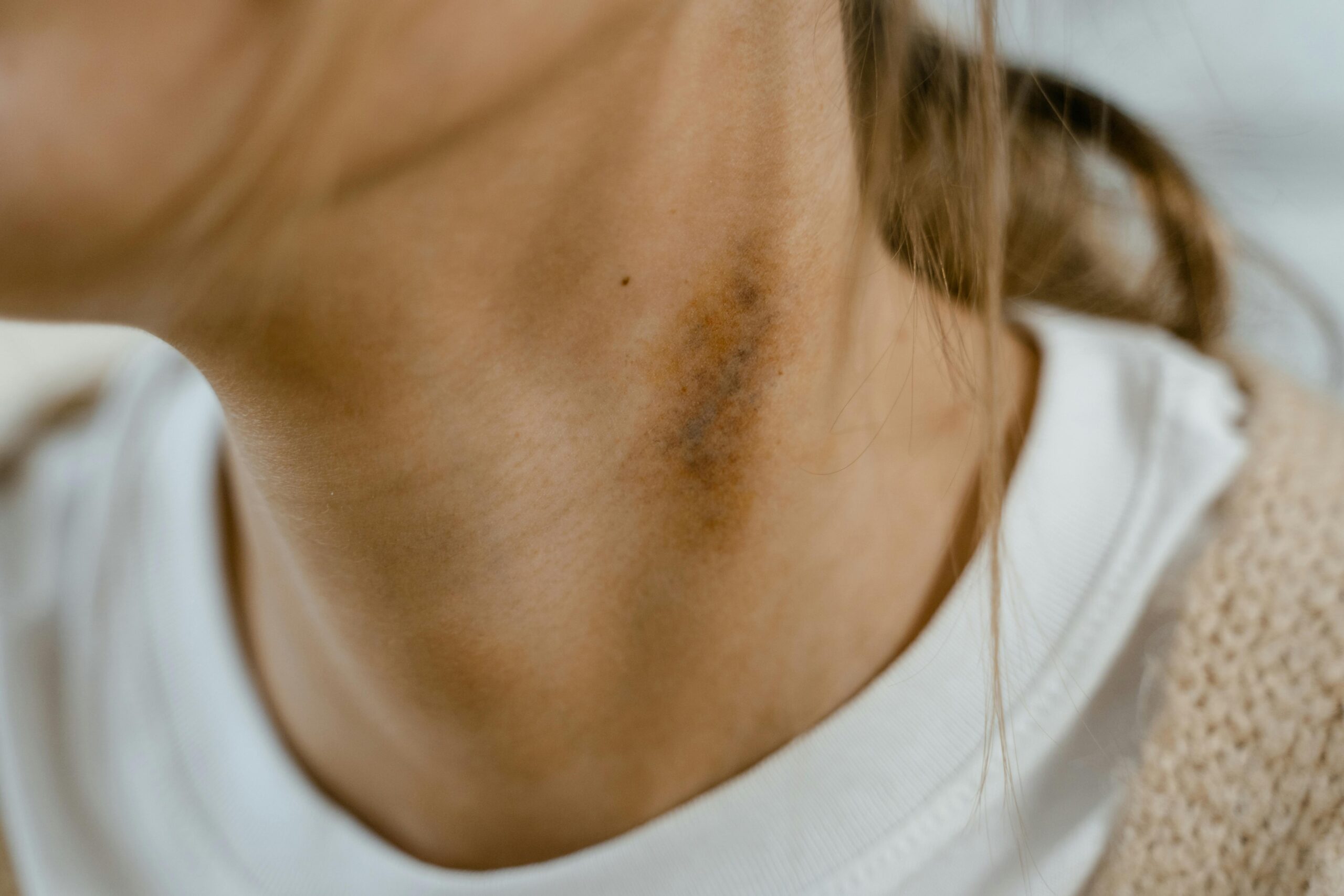Modern Advances in Scar Treatment and What They Mean for You
Scars, often lasting reminders of injuries, surgeries, or skin conditions, can deeply affect both physical comfort and self-confidence. Traditionally, scar treatment centered around basic physical remedies or concealment. Today, advances in dermatology and regenerative medicine are reshaping scar management, offering more effective and sophisticated solutions than ever before.
These modern innovations are not only improving the appearance of scars but also reducing associated discomfort and enhancing the overall quality of life.
According to Grand View Research, the global scar treatment market was valued at an estimated USD 28,472.2 million in 2023. It is projected to nearly double to USD 54,986.2 million by 2030, demonstrating a robust CAGR of 9.9%. This growth primarily stems from ongoing technological innovations, which facilitate the introduction of new devices and more effective treatment methods.
This article will explore these cutting-edge scar treatment options and discuss what these advancements truly mean for you.
Revolutionary Laser Technologies Transforming Scar Treatment
Laser technologies have dramatically advanced scar treatment, offering more precise, effective, and customizable solutions. One breakthrough is fractional laser technology, which uses micro-beams to stimulate collagen remodeling while preserving surrounding skin.
CO₂ fractional lasers are especially effective for deep scars from acne, surgery, or trauma. The treatment reaches multiple skin layers to break down scar tissue and encourage regeneration.
According to Medical News Today, CO₂ lasers yield the best results for Fitzpatrick skin types 1 and 2. These skin types have fewer melanocytes, which lowers the risk of pigment changes. However, a 2023 study found that, when performed by trained dermatologists, laser treatments are also safe and effective for darker skin tones.
Picosecond lasers are another major innovation in scar treatment. They use ultra-short pulses of energy to target tough scars, such as keloids. Unlike traditional lasers, they do not generate excessive heat, making the procedure safer and more comfortable for patients.
Breakthrough Regenerative Medicine Approaches
Regenerative medicine is transforming scar treatment by leveraging the body’s natural healing abilities to restore healthier skin. According to the NIH, adipose-derived stem cells (ASCs), collected from a patient’s fat tissue, are ideal for regenerative applications.
Studies show ASCs help soften fibrotic scar tissue by suppressing excess extracellular matrix (ECM) production and enhancing tissue remodeling, significantly improving quality of life.
Mesenchymal stem cell treatments are also being studied for their ability to completely remodel scar tissue, potentially restoring normal skin function. While these therapies are still in clinical development, they represent a promising shift in treating scars that resist conventional methods.
Advanced Topical Treatments and Delivery Systems
Advanced topical treatments have transformed at-home scar care, offering effective options easily integrated into daily routines. Silicone-based treatments have evolved beyond simple sheeting to include advanced gels, sprays, and patches that provide continuous hydration and pressure to healing scars.
Microneedling and iontophoresis have boosted topical treatment effectiveness by improving ingredient penetration into scar tissue. These systems can deliver growth factors, antioxidants, and other therapeutic compounds directly to the cellular level where healing occurs.
Peptide-based treatments are another major advancement in topical scar therapy. They use targeted protein fragments to interact with skin cells. These peptides signal the cells to produce healthier collagen and help reduce inflammation, promoting smoother and more balanced skin over time.
Minimally Invasive Surgical Techniques
Scar treatment has advanced significantly with the rise of minimally invasive surgical techniques, offering effective results with reduced downtime and fewer complications. Subcision, a technique that loosens fibrous bands beneath scars, has improved through the use of precision instruments that minimize damage to surrounding tissue.
Another breakthrough is microneedling with radiofrequency (RF), which combines tiny controlled punctures with deep thermal energy to stimulate collagen and remodel tissue. This method is highly effective for various scars, including those from acne, surgery, and stretch marks.
According to Market.us, the global microneedling market is growing rapidly. It is expected to rise from USD 10.3 billion in 2023 to USD 35.3 billion by 2033, driven by rising aesthetic awareness and demand for minimally invasive treatments.
Advancements in cryotherapy also allow for more targeted treatment of keloids and hypertrophic scars. These modern techniques utilize controlled cold therapy that specifically spares healthy surrounding skin.
Legal and Insurance Considerations for Scar Treatment
As scar treatment technologies advance, the financial and legal considerations surrounding them are becoming increasingly complex. Insurance coverage often depends on whether the treatment is deemed medically necessary, such as for scars that impair function, versus cosmetic. Understanding this distinction is vital for patients navigating costs.
For individuals whose scarring resulted from accidents, particularly auto collisions, legal support may help cover treatment expenses. For example, according to ABC 7, a tragic crash occurred in Chicago Heights, leaving one person dead and another injured.
The vehicles involved were engulfed in flames near Franciscan St. James Hospital, highlighting the severity and potential for lasting physical trauma. In such cases, an auto accident lawyer in Chicago can be instrumental in recovering costs related to injury and scarring.
According to TorHoerman Law, personal injury attorneys assist victims in pursuing compensation and justice when harmed through no fault of their own. Keeping detailed records, photos, medical reports, and receipts is essential for insurance reimbursement or potential legal claims involving scar-related damages.
Frequently Asked Questions
What are the latest advances in acne scar treatment?
Recent advances in acne scar treatment include nonablative fractional laser (1340 nm) and microneedling, both shown to effectively treat atrophic scars. Studies also highlight the success of fractional laser skin resurfacing. When combined with punch elevation, it offers a safe and effective solution for improving acne scars.
Is vitamin E good for scars?
Vitamin E is often used for scar treatment due to its antioxidant properties, which may help support skin healing. However, research on its effectiveness is mixed. While some people report improved scar appearance, others may experience irritation. It’s best to consult a dermatologist before using it on scars.
Can scars be removed permanently?
While no treatment can truly “remove” a scar completely, making it disappear as if it never existed, modern advancements can significantly improve its appearance. Treatments like lasers, microneedling, and regenerative therapies can flatten, smooth, and blend scars to make them far less noticeable and improve function.
The landscape of scar treatment has been transformed by remarkable technological advances and scientific understanding of wound healing. From revolutionary laser technologies to minimally invasive surgical techniques, patients now have access to treatment options that were unimaginable just a decade ago.
For individuals considering treatment, the key is working with qualified practitioners who can develop personalized plans that address specific needs and goals. While not every scar can be eliminated, the current array of treatment options provides unprecedented opportunities for significant improvement.






